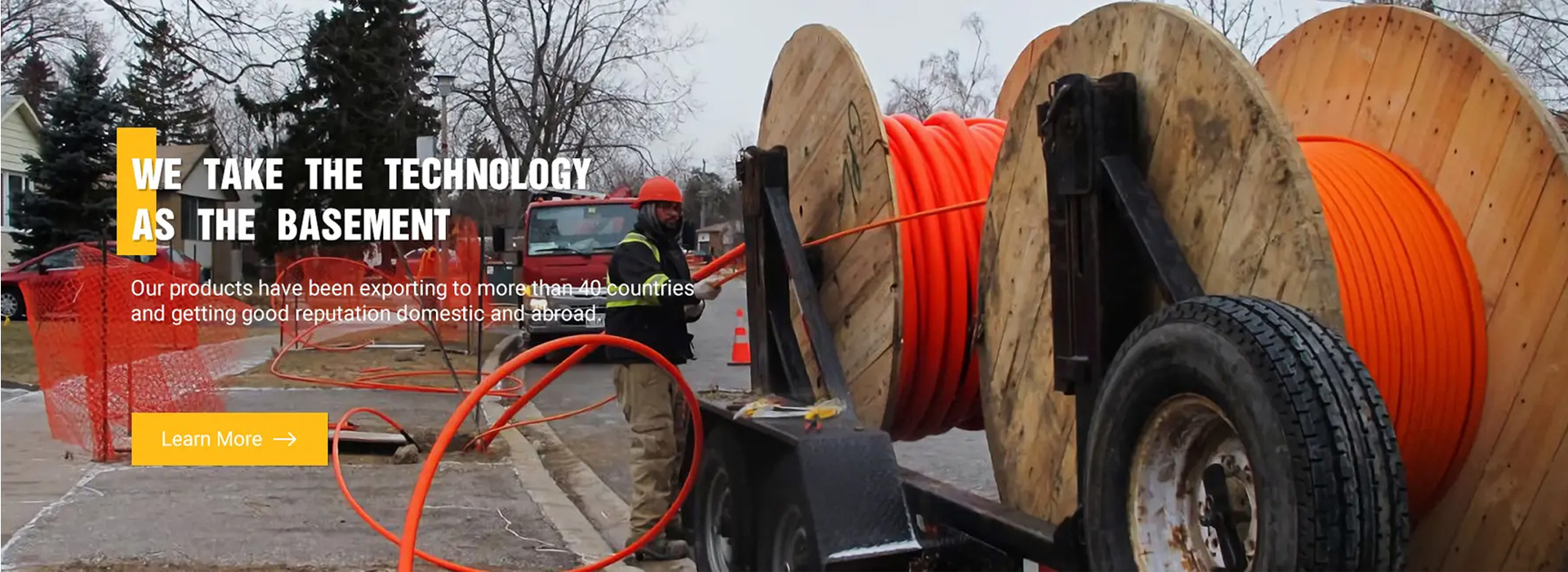
-
 Afrikaans
Afrikaans -
 Albanian
Albanian -
 Amharic
Amharic -
 Arabic
Arabic -
 Armenian
Armenian -
 Azerbaijani
Azerbaijani -
 Basque
Basque -
 Belarusian
Belarusian -
 Bengali
Bengali -
 Bosnian
Bosnian -
 Bulgarian
Bulgarian -
 Catalan
Catalan -
 Cebuano
Cebuano -
 Corsican
Corsican -
 Croatian
Croatian -
 Czech
Czech -
 Danish
Danish -
 Dutch
Dutch -
 English
English -
 Esperanto
Esperanto -
 Estonian
Estonian -
 Finnish
Finnish -
 French
French -
 Frisian
Frisian -
 Galician
Galician -
 Georgian
Georgian -
 German
German -
 Greek
Greek -
 Gujarati
Gujarati -
 Haitian Creole
Haitian Creole -
 hausa
hausa -
 hawaiian
hawaiian -
 Hebrew
Hebrew -
 Hindi
Hindi -
 Miao
Miao -
 Hungarian
Hungarian -
 Icelandic
Icelandic -
 igbo
igbo -
 Indonesian
Indonesian -
 irish
irish -
 Italian
Italian -
 Japanese
Japanese -
 Javanese
Javanese -
 Kannada
Kannada -
 kazakh
kazakh -
 Khmer
Khmer -
 Rwandese
Rwandese -
 Korean
Korean -
 Kurdish
Kurdish -
 Kyrgyz
Kyrgyz -
 Lao
Lao -
 Latin
Latin -
 Latvian
Latvian -
 Lithuanian
Lithuanian -
 Luxembourgish
Luxembourgish -
 Macedonian
Macedonian -
 Malgashi
Malgashi -
 Malay
Malay -
 Malayalam
Malayalam -
 Maltese
Maltese -
 Maori
Maori -
 Marathi
Marathi -
 Mongolian
Mongolian -
 Myanmar
Myanmar -
 Nepali
Nepali -
 Norwegian
Norwegian -
 Norwegian
Norwegian -
 Occitan
Occitan -
 Pashto
Pashto -
 Persian
Persian -
 Polish
Polish -
 Portuguese
Portuguese -
 Punjabi
Punjabi -
 Romanian
Romanian -
 Russian
Russian -
 Samoan
Samoan -
 Scottish Gaelic
Scottish Gaelic -
 Serbian
Serbian -
 Sesotho
Sesotho -
 Shona
Shona -
 Sindhi
Sindhi -
 Sinhala
Sinhala -
 Slovak
Slovak -
 Slovenian
Slovenian -
 Somali
Somali -
 Spanish
Spanish -
 Sundanese
Sundanese -
 Swahili
Swahili -
 Swedish
Swedish -
 Tagalog
Tagalog -
 Tajik
Tajik -
 Tamil
Tamil -
 Tatar
Tatar -
 Telugu
Telugu -
 Thai
Thai -
 Turkish
Turkish -
 Turkmen
Turkmen -
 Ukrainian
Ukrainian -
 Urdu
Urdu -
 Uighur
Uighur -
 Uzbek
Uzbek -
 Vietnamese
Vietnamese -
 Welsh
Welsh -
 Bantu
Bantu -
 Yiddish
Yiddish -
 Yoruba
Yoruba -
 Zulu
Zulu


Dec . 15, 2024 22:17 Back to list
Earth Cable Designed with 4mm² Cross-Sectional Area for Optimal Efficiency and Performance
Understanding the Importance of Earth Cables with 4mm² Cross-Sectional Area for Efficient Electrical Systems
In today’s electrical engineering landscape, the significance of using appropriate cable sizes cannot be overstated. Among various cable types, earth cables play a crucial role in ensuring safety and stability in electrical systems. One particular specification that has gained attention is the 4mm² cross-sectional area for earth cables. This article delves into the importance of earth cables, the rationale behind choosing a 4mm² cross-sectional area, and how this dimension contributes to the efficiency and safety of electrical installations.
The Role of Earth Cables
Earth cables, also known as grounding or earthing cables, are designed to mitigate the risks associated with electrical faults. Their primary purpose is to provide a low-resistance path for fault current to flow into the ground, thus preventing electrical shocks to humans and avoiding damage to electrical appliances. By dispersing electrical energy safely into the earth, these cables shield users from potential hazards that can arise from insulation failures or short circuits.
The importance of proper earthing techniques has been highlighted by several electrical safety regulations globally. Compliance with these standards ensures that installations are not only safe but also efficient, minimizing downtime and operational disruptions.
Why Choose 4mm² Cross-Sectional Area?
When selecting an earth cable, various factors must be considered, including the anticipated load, the length of the cable run, and environmental conditions
. The choice of a 4mm² cross-sectional area is often based on several technical and safety considerations'earth cable with 4mm2 cross-sectional area for efficient ...'

1. Current Carrying Capacity The 4mm² earth cable effectively handles a significant amount of fault current without overheating. This capacity is especially critical during fault conditions, where high currents can flow. By ensuring that the cable can manage these currents safely, electrical systems remain stable and secure.
2. Resistance to Corrosion Many installations are exposed to outdoor or damp environments. Cables must withstand the elements, including moisture and chemicals. The 4mm² earth cable, typically coated with corrosion-resistant materials, offers durability and longevity in various environmental conditions, ensuring continued effectiveness over time.
3. Regulatory Compliance Various electrical codes and standards, such as the National Electrical Code (NEC) in the United States or the International Electrotechnical Commission (IEC) standards, often specify minimum requirements for earthing conductors. The 4mm² size frequently meets or exceeds these regulatory guidelines, making installations compliant and safe.
4. Flexibility and Maneuverability Another advantage of a 4mm² cross-sectional area is its balance between size and flexibility. Installers appreciate the ease with which these cables can be routed through buildings, conduits, and technical spaces without being overly cumbersome.
5. Cost-Effectiveness While thicker cables can handle higher currents, they also come with a higher cost and can be more difficult to manage. The 4mm² earth cable represents a practical compromise between performance, safety, and cost, making it an economical choice for many installations.
Conclusion
In summary, the choice of an earth cable with a 4mm² cross-sectional area reflects a well-considered decision in electrical engineering. By providing adequate current carrying capacity, ensuring compliance with safety regulations, and offering durability against environmental factors, these cables are integral to maintaining safe and efficient electrical systems. As technology evolves and demands for electrical installations increase, understanding the importance of proper cable sizing and selection, including the benefits of a 4mm² earth cable, remains vital for engineers, electricians, and all stakeholders in the electrical industry. Safe and efficient electrical systems not only protect users but also enhance the longevity and reliability of electrical infrastructure.
Latest news
What Are Construction Tools and How Are They Used?
NewsJul.11,2025
Professional-Grade Duct Rodding Tools for Superior Cable Installation
NewsJul.11,2025
Enhancing Safety and Efficiency with Modern Hot Stick Solutions
NewsJul.11,2025
Empowering Cable Installation with Advanced Rodder Solutions
NewsJul.11,2025
Elevate Your Cable Installation Projects with Cable Pulling Tools
NewsJul.11,2025
Efficient Cable Handling Solutions: Cable Rollers for Sale
NewsJul.11,2025











